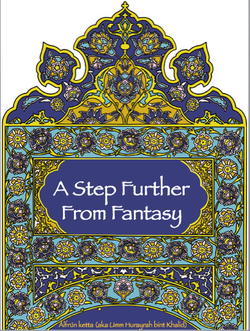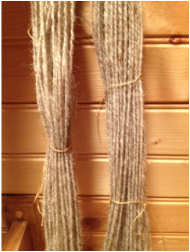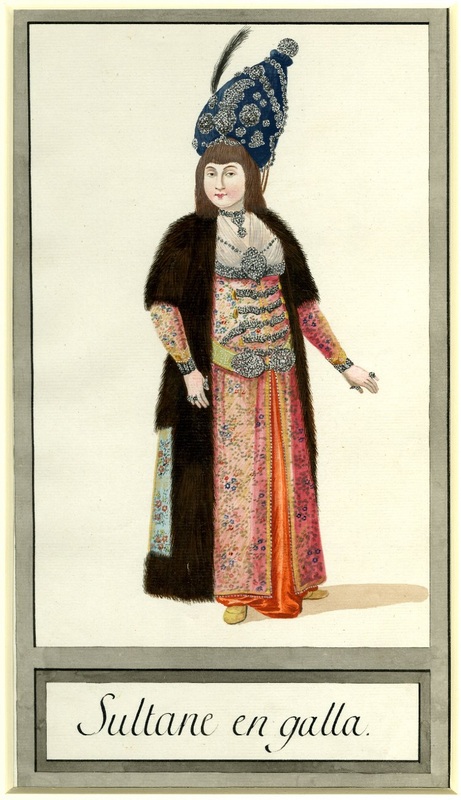
I remember being amazed when I started seeing dyed yarn displays at Pennsic where people were experimenting with period dyes and showing the hundreds of color and shade possibilities that one could achieve in period (and so many of them are bright and beautiful)!
In more recent years I was again amazed as I started reading archeological reports that detailed the thread count in extant textiles. Some of the fabrics they had were unbelievably fine. The Viborg shirt, for example, was woven from a linen that is the equivalent to a 20/1 linen today and had a thread count of 55 threads per inch in the warp and 30 in weft. The linen in the photo above is what is currently on my loom and that has - in the lower portion - 8/1 yarn in both the warp and weft and in the upper half has 8/1 warp and 12/1 weft. One sample of linen from Kneep was 70X40 and a linen described as "low-grade" from the Viking burial at Adwick-le-Street was still aprox. 32X22. While I would consider that last a bit rustic (and I say that kindly, as I love the texture and feel of heavier linen), the rest are far from what I would consider coarse.
As for wool, the yarn in the wool dress that I hand sewed is a twill that is approx 25 threads per inch in both the warp and weft, yet one of the twills from the Oseberg ship (below right is an extreme close-up) had an average of 32 threads per inch in one system and 46 in the other. Another sample from the same site in a diamond twill was twice as fine as that. The wool for my dress is a Shetland Wool from Fabric Mart, and I in no way consider it coarse. The twill texture is actually very subtle (you can see that better in the sample from their website below my dress photo).
And what is the point of all this? Nothing more than a reminder that if your are portraying an upper class member the Viking society, you do not need to try to find the most "rustic" fabric you can for your impression.
(And yes, pink IS period!)






















 RSS Feed
RSS Feed